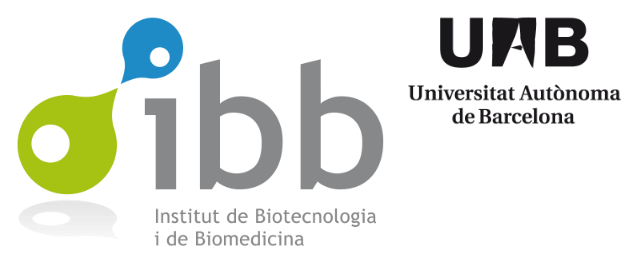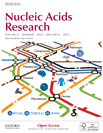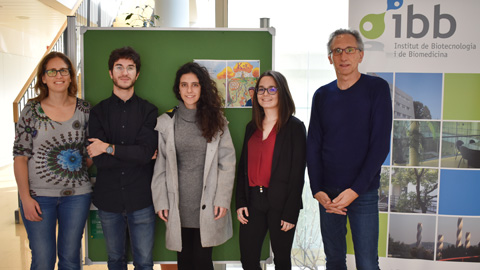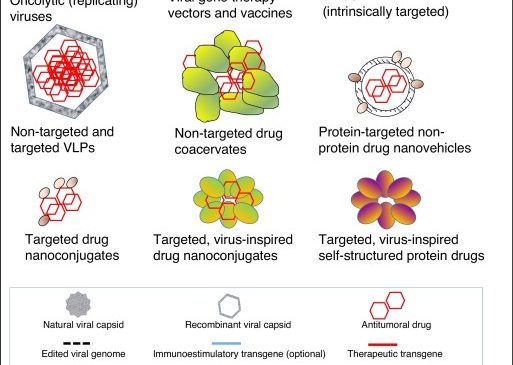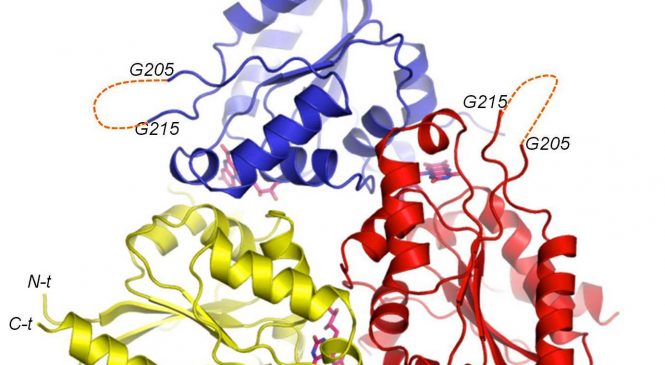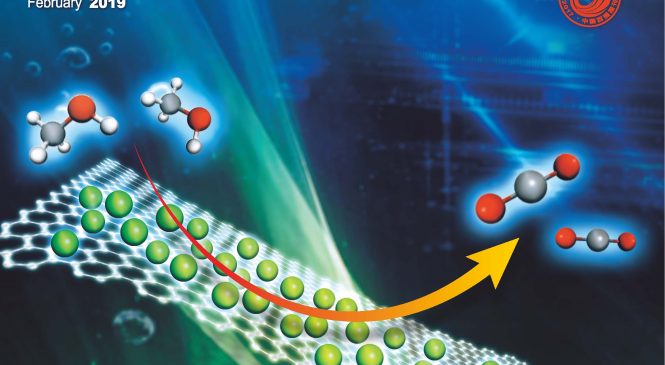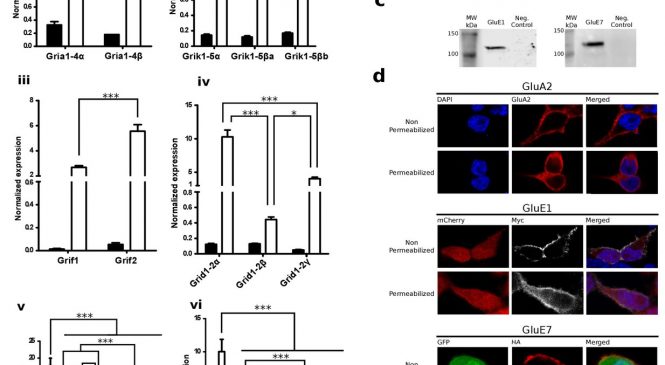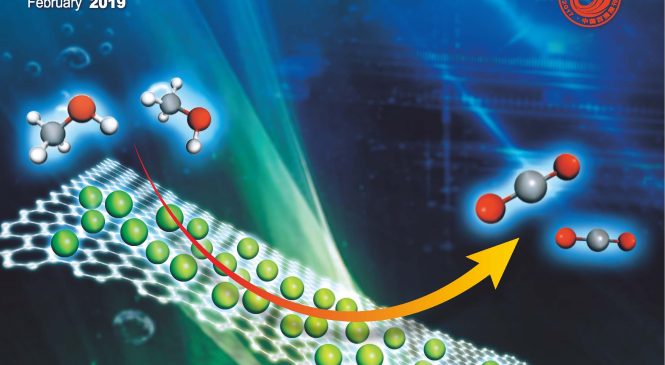
Dr. S . Ventura : Biasing the native α-synuclein conformational ensemble towards compact states abolishes aggregation and neurotoxicity
https://www.sciencedirect.com/science/article/pii/S2213231718309789
AnitaCarijaabFranciscaPinheiroabJordiPujolsabInês C.BráscDiana FernandesLázarocCarloSantambrogiodRitaGrandoridTiago F.OuteirocefSusannaNavarroabSalvadorVentura
Abstract
The aggregation of α-synuclein (α-syn) into amyloid fibrils is a major pathological hallmark of Parkinson's disease (PD) and other synucleinopathies. The mechanisms underlying the structural transition of soluble and innocuous α-syn to aggregated neurotoxic forms remains largely unknown. The disordered nature of α-syn has hampered the use of structure-based protein engineering approaches to elucidate the molecular determinants of this transition. The recent 3D structure of a pathogenic α-syn fibril provides a template for this kind of studies. Th
